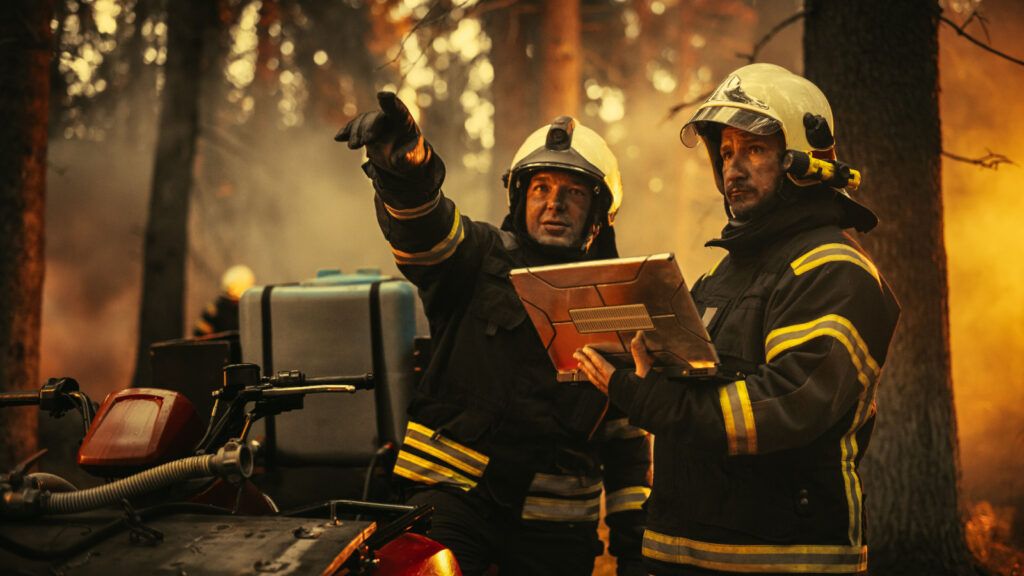Wildfire seasons are becoming longer and more intense across Canada, making preparation more critical than ever. As fall approaches, dry conditions and high winds can still fuel dangerous blazes that put homes, communities, and lives at risk. Staying safe means being proactive. These are 10 wildfire safety tips Canadians need before fall:
Create a Defensible Zone
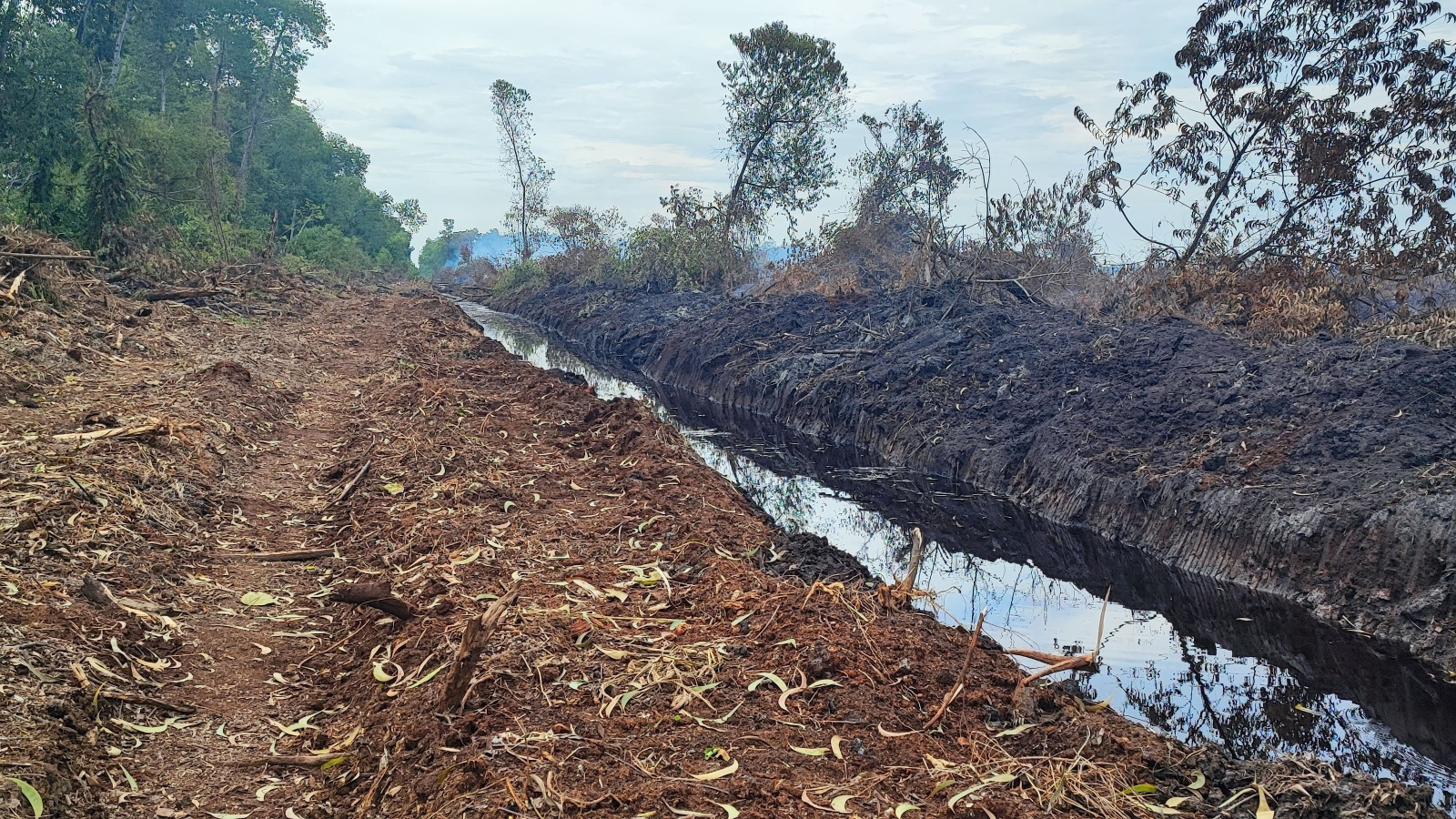
One of the most effective wildfire safety strategies is creating a defensible zone around property. This means clearing brush, dry leaves, and flammable debris within at least 10 meters of structures. Trimming trees and spacing shrubs reduces the chance of flames reaching buildings directly, and Canadians living near wooded or grassland areas are especially encouraged to maintain this buffer. A defensible zone doesn’t just protect homes, but it also helps firefighters by slowing fire spread. As climate patterns shift, this consistent but straightforward upkeep is becoming a cornerstone of wildfire safety planning.
Maintain a Clean Roof and Gutters
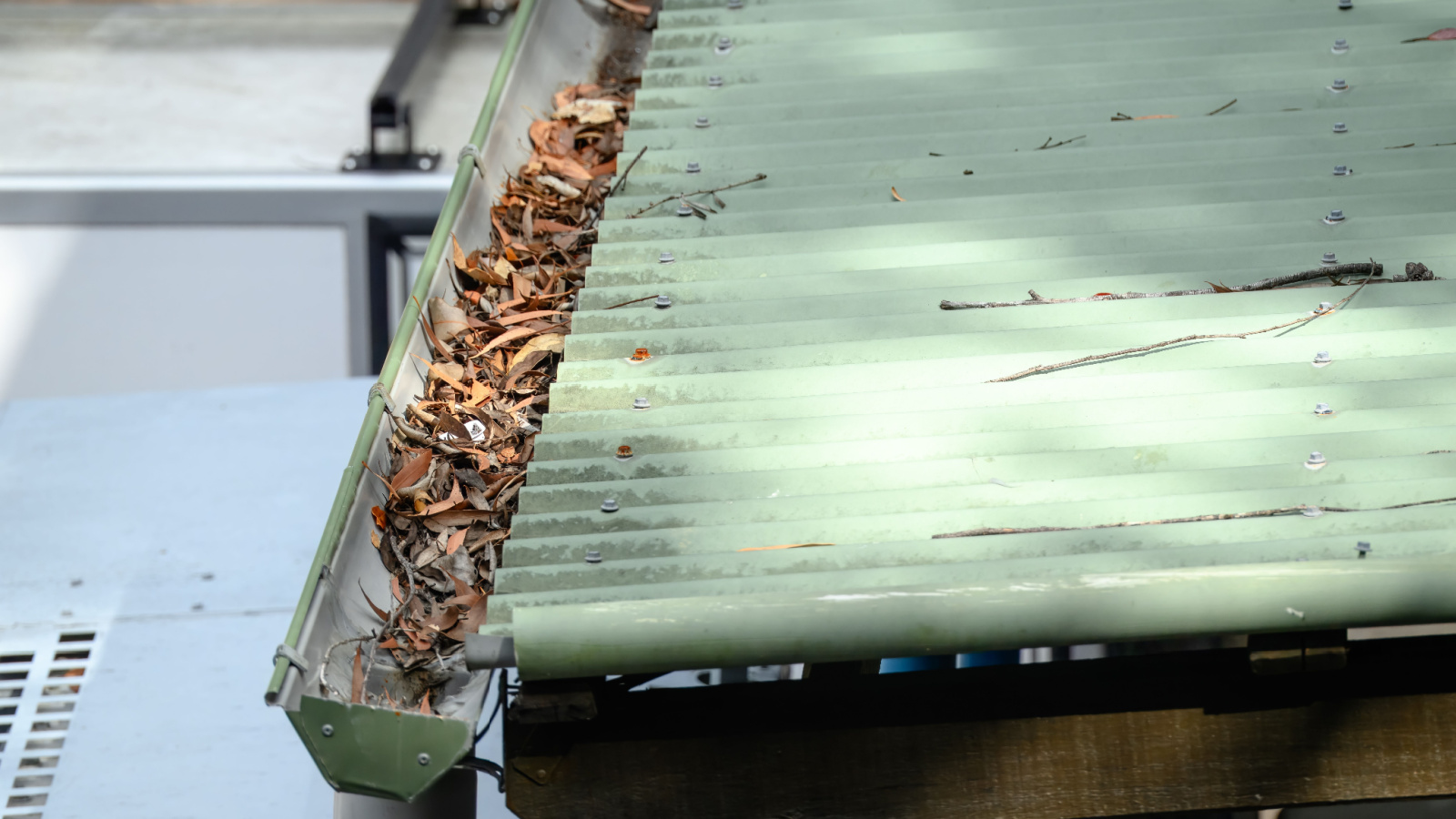
Dry leaves, needles, and twigs in gutters and on rooftops can act like tinder during a wildfire. Regularly clearing them is a small task with big safety benefits, while metal or tile roofing also offers more protection compared to untreated wood. Canadians often underestimate how embers can travel long distances and land on homes far from the fire line, and a clean roof and gutter system removes one of the easiest ignition points. This habit becomes especially critical in the fall, when leaves accumulate quickly. Maintaining roof safety is a frontline defense that can reduce the risk of property loss significantly.
Store Firewood Safely
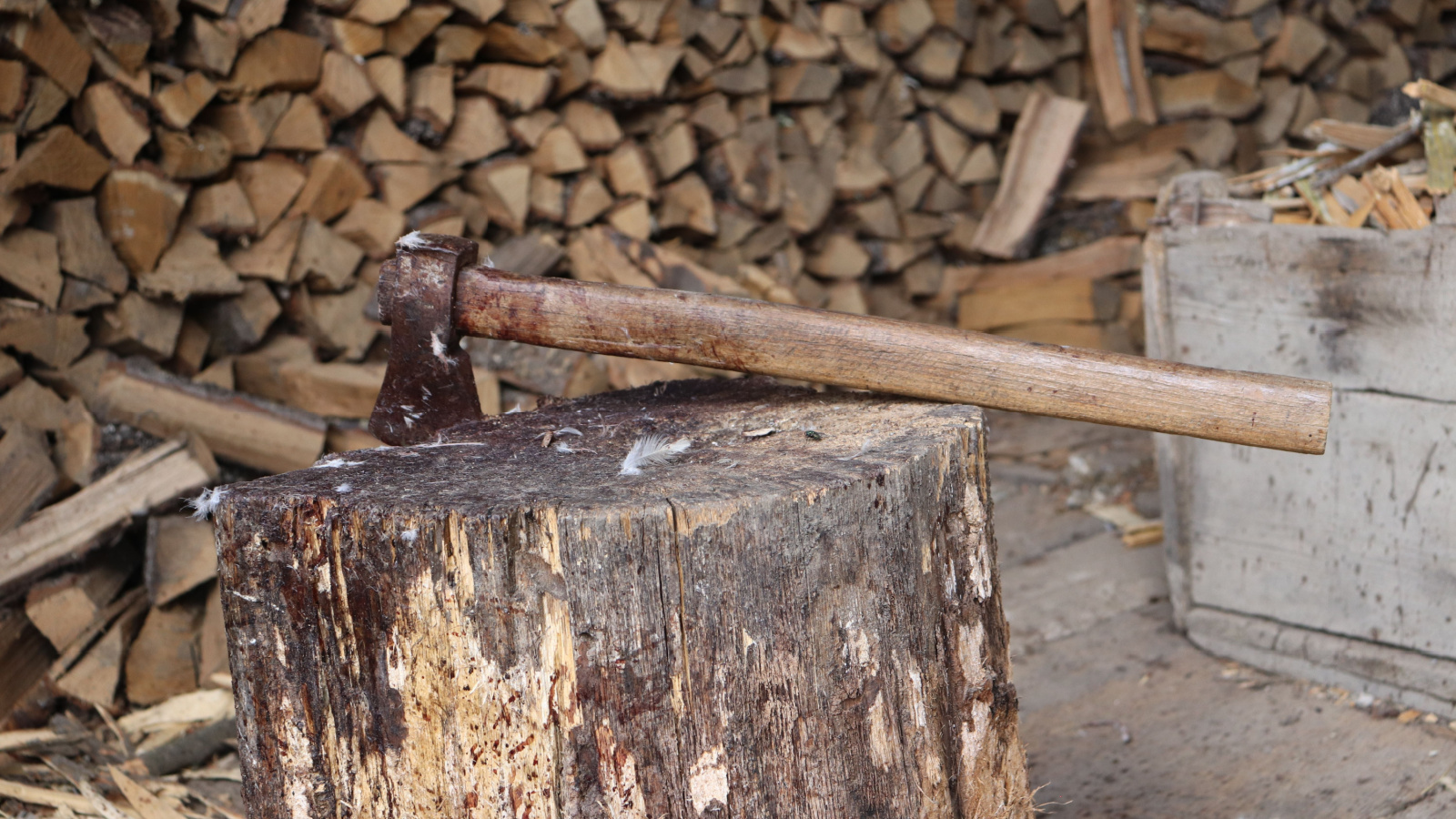
Stacking firewood against a home may seem convenient, but it can create a major fire hazard. In wildfire-prone areas, woodpiles should be stored at least 10 meters away from main structures and preferably uphill. Covering stacks with fire-resistant tarps adds another layer of protection. Canadians relying on wood stoves or fireplaces often overlook this safety step, especially in autumn when stockpiles grow. Relocating firewood reduces the likelihood of flames finding readily available fuel near the house. This simple adjustment strengthens home safety and ensures that preparedness doesn’t unintentionally create vulnerabilities during wildfire season.
Invest in Fire-Resistant Landscaping

Landscaping choices can significantly impact wildfire safety. Replacing highly flammable plants with fire-resistant species like deciduous trees or succulents lowers the risk of fire spreading near homes, and using gravel or stone instead of mulch provides additional protection. Many Canadians are adopting this practice, sometimes referred to as firescaping, to make their yards both attractive and resilient. In regions where wildfires are increasingly common, fire-resistant landscaping is more than just aesthetic; it is also a practical safeguard, balancing beauty with safety while contributing to defensible space. Strategic planting and materials can make the difference between a fire stopping short or reaching the home directly.
Prepare a Go-Bag
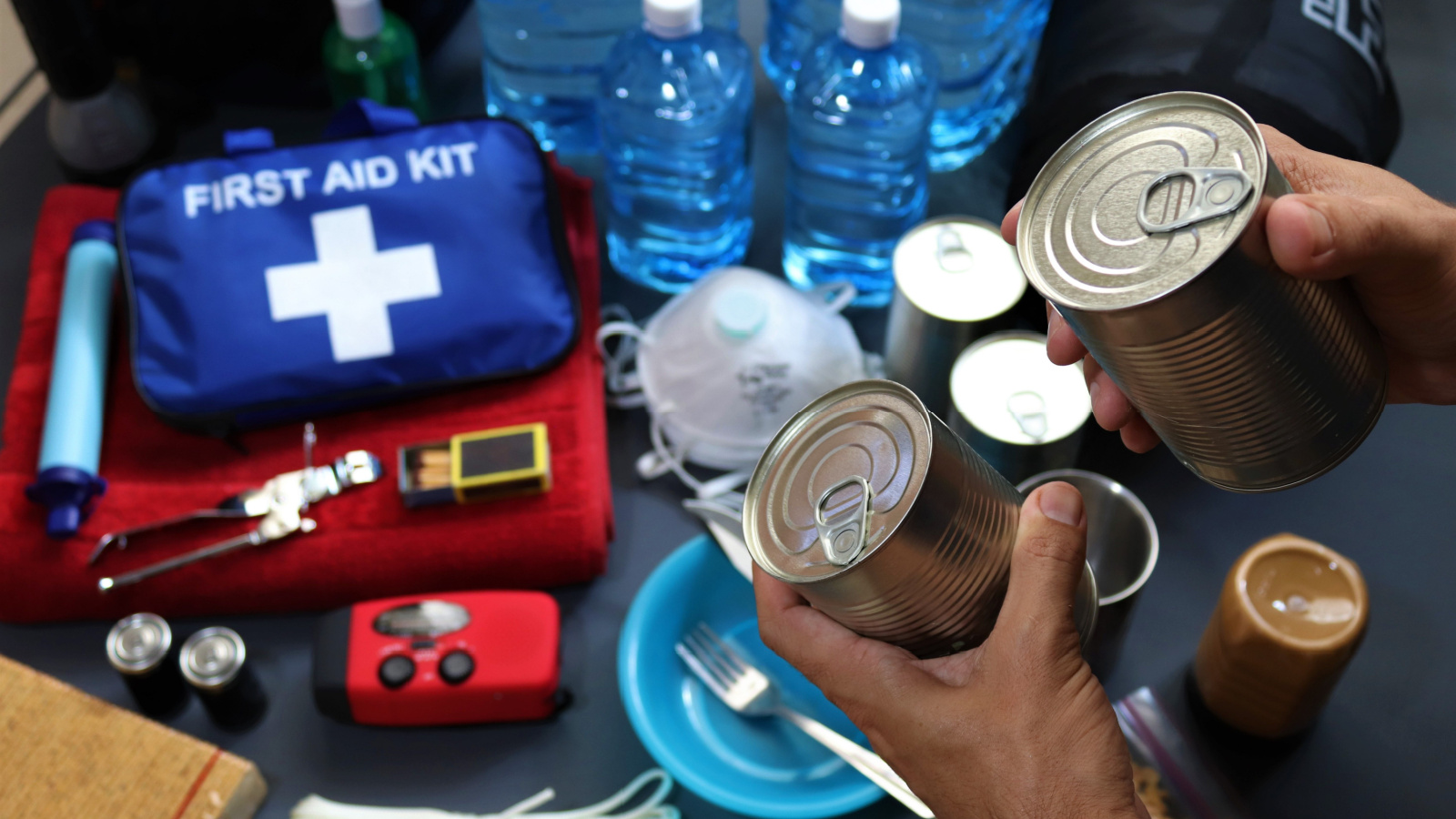
Having a go-bag ready is a crucial step in wildfire safety. Packed with essentials like water, non-perishable food, first aid supplies, flashlights, batteries, and important documents, it ensures quick evacuation without delay. Canadians in high-risk areas often learn too late the importance of preparation when evacuation orders arrive suddenly. Including masks to protect from smoke and spare chargers for phones can make the kit even more effective. A go-bag eases stress, and it can save lives in fast-moving situations. Keeping it easily accessible ensures families are prepared to leave at a moment’s notice, reducing panic during emergencies.
Monitor Local Alerts

Staying informed through local alerts is essential for wildfire safety. Many Canadian provinces offer apps, text notifications, or radio updates that provide real-time information about nearby fires and evacuation orders. Monitoring these sources daily during wildfire season helps residents stay ahead of potential threats. Information is power in fast-moving emergencies, and knowing when to act can make evacuation smoother and safer. Still, Canadians who rely solely on social media or word of mouth may receive delayed updates. Trusted alert systems ensure that communities respond quickly, making them a vital tool for staying safe as conditions shift unexpectedly.
Have an Evacuation Plan
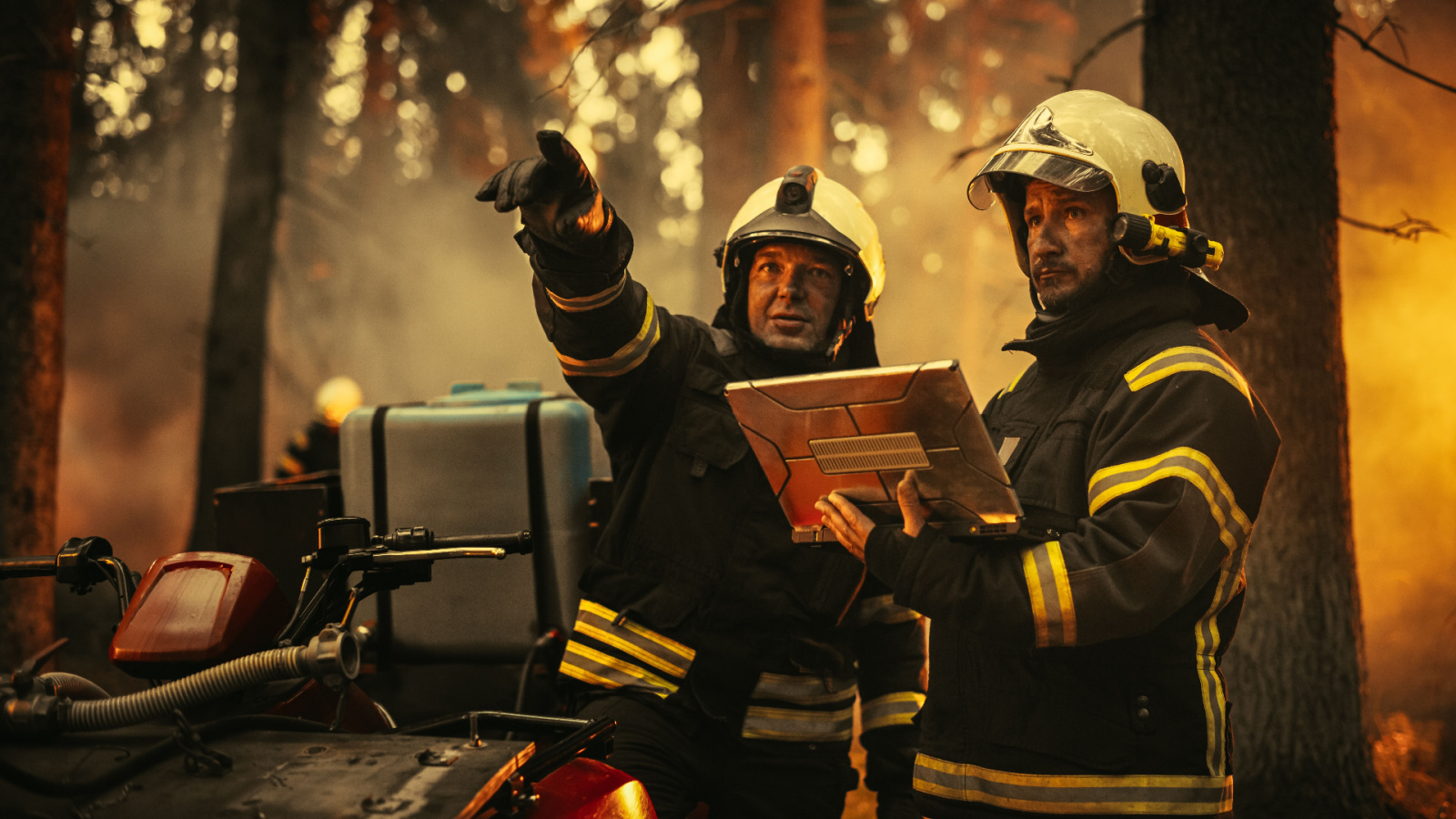
Every household should have a clear evacuation plan before wildfire threats arise. This includes mapping multiple routes out of the neighborhood, designating a family meeting point, and ensuring transportation is ready. Canadians in rural areas, especially, benefit from rehearsing evacuation, as road access can be limited. Practicing the plan builds confidence and minimizes panic when the real situation occurs. Keeping pets and livestock in mind is also critical, with carriers, leashes, or trailers prepared. An evacuation plan is about leaving safely, efficiently, and together, and planning makes the difference between chaos and calm under pressure.
Use Fire-Resistant Building Materials
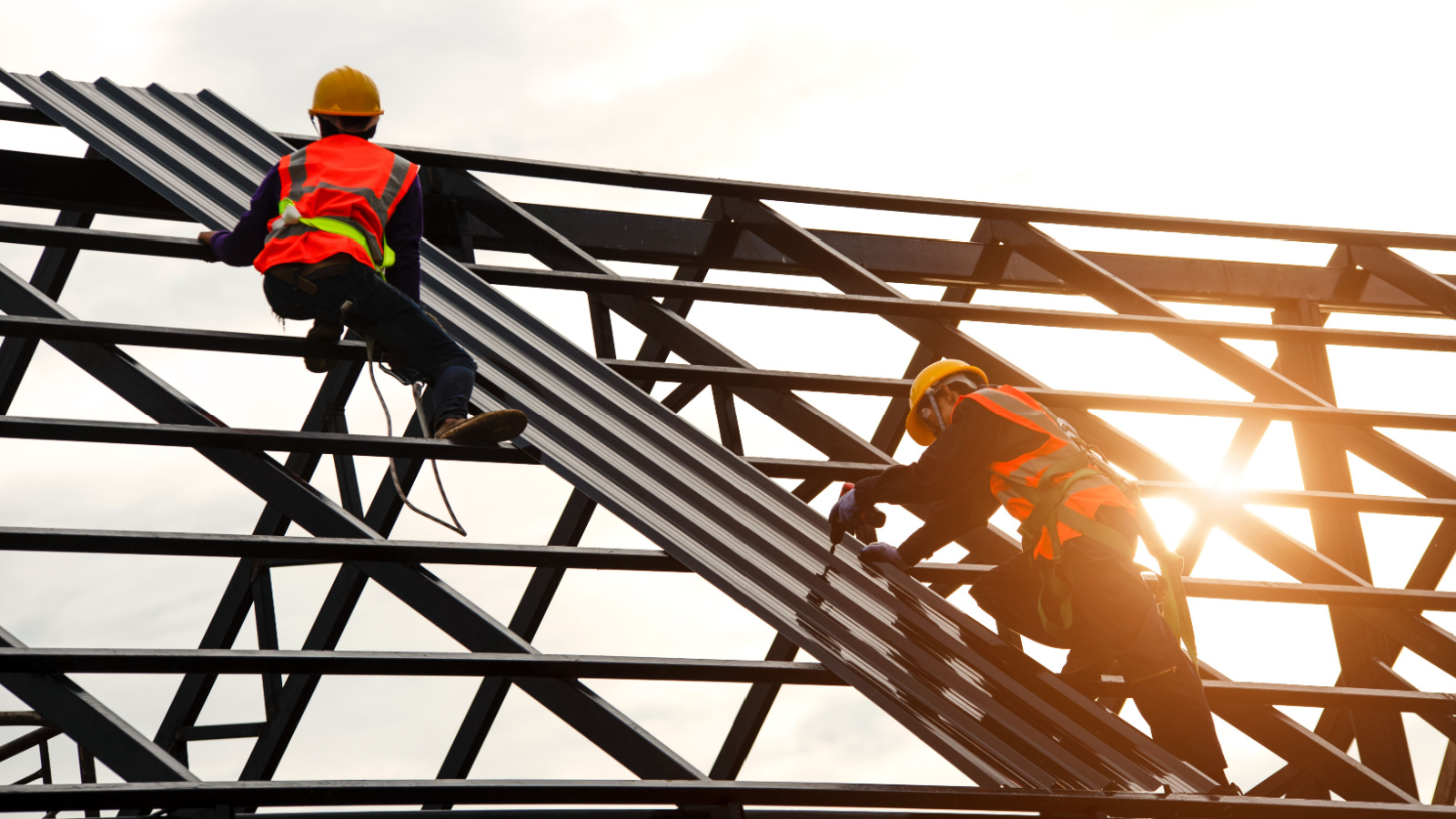
Home construction materials play a critical role in wildfire resistance. Using metal roofing, fiber cement siding, and double-paned windows can help protect against radiant heat and embers. Canadians building or renovating in fire-prone areas are increasingly encouraged to adopt these materials as part of “FireSmart” building practices. While the upfront cost may be higher, the long-term protection is invaluable. Fire-resistant materials don’t guarantee survival in every situation, but they significantly increase the chances of a home withstanding fire exposure. This proactive choice ensures that preparedness extends beyond landscaping to the very structure of the house itself.
Keep Emergency Water Sources Ready
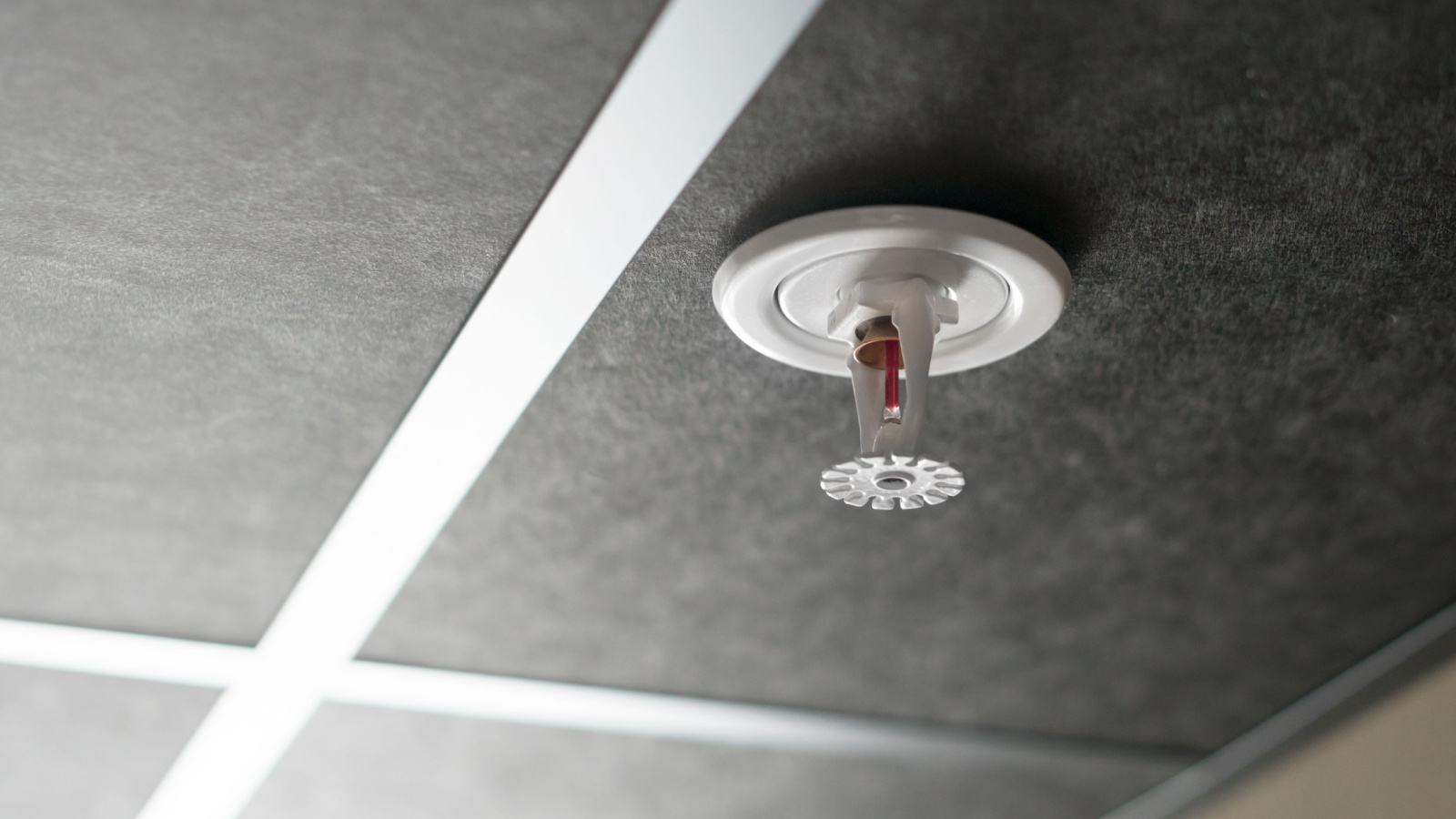
Access to water can be lifesaving during wildfires. Canadians with properties in high-risk zones are advised to maintain hoses, sprinklers, or even water tanks for emergency use. Ensuring hoses are long enough to reach all parts of a home and keeping them connected during peak season adds readiness. Rural residents may also benefit from ponds or cisterns as backup sources. While these measures can’t stop a wildfire outright, they can prevent spot fires from spreading before firefighters arrive. Having emergency water on hand is an extra layer of protection that complements other fire safety preparations.
Practice Community Preparedness
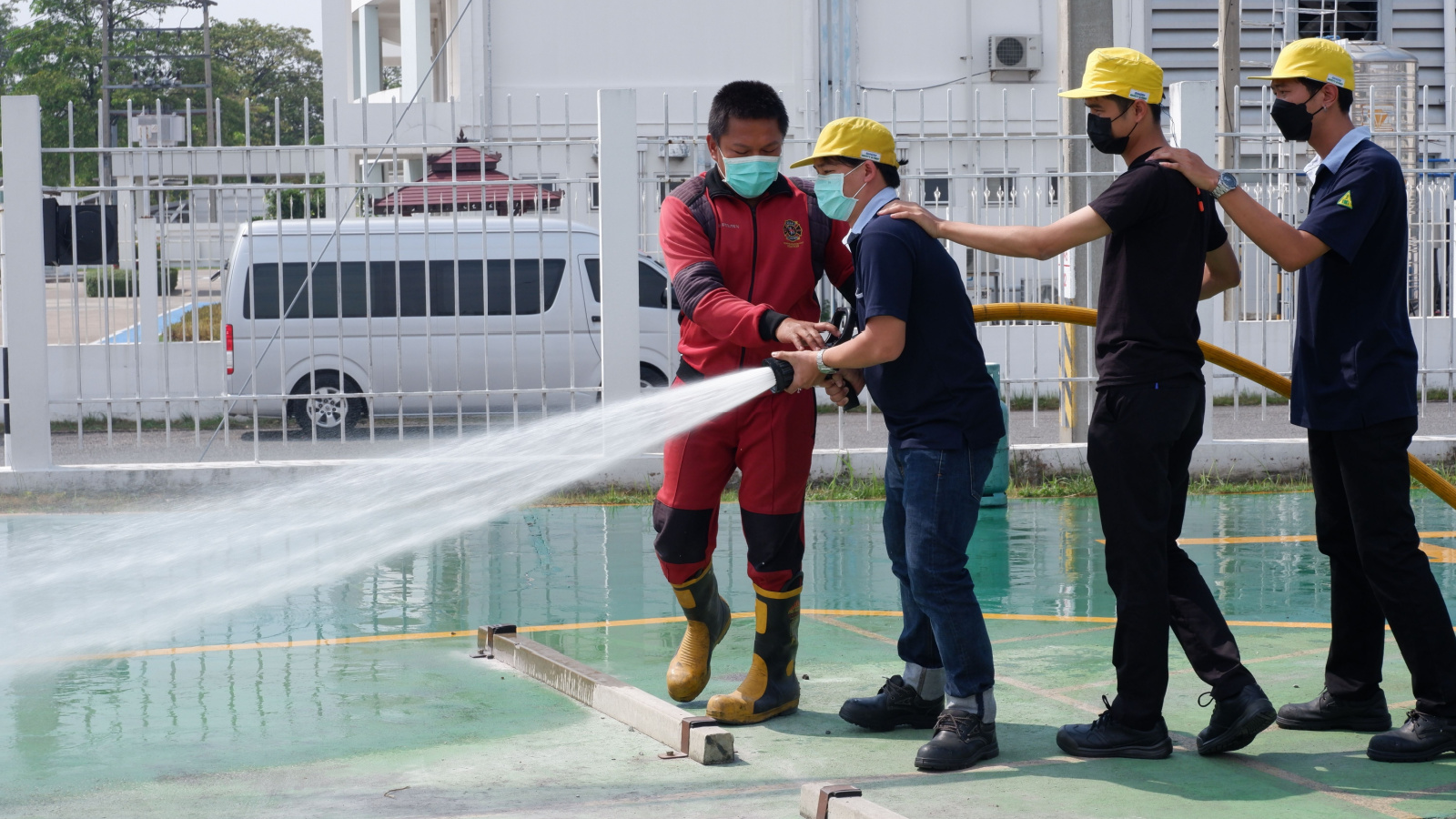
Wildfire safety is collective, and communities that work together on evacuation drills, defensible space projects, and resource sharing stand stronger against fire threats. Canadian neighborhoods in high-risk zones often develop local safety groups or adopt FireSmart community programs. Shared planning ensures that vulnerable residents, like seniors, aren’t left behind during emergencies, and it also strengthens morale and awareness before a crisis hits. Practicing community preparedness turns wildfire response into a coordinated effort rather than scattered reactions. In a country where fire seasons are intensifying, collective action is proving as critical as individual readiness.
21 Products Canadians Should Stockpile Before Tariffs Hit

If trade tensions escalate between Canada and the U.S., everyday essentials can suddenly disappear or skyrocket in price. Products like pantry basics and tech must-haves that depend on are deeply tied to cross-border supply chains and are likely to face various kinds of disruptions
21 Products Canadians Should Stockpile Before Tariffs Hit
